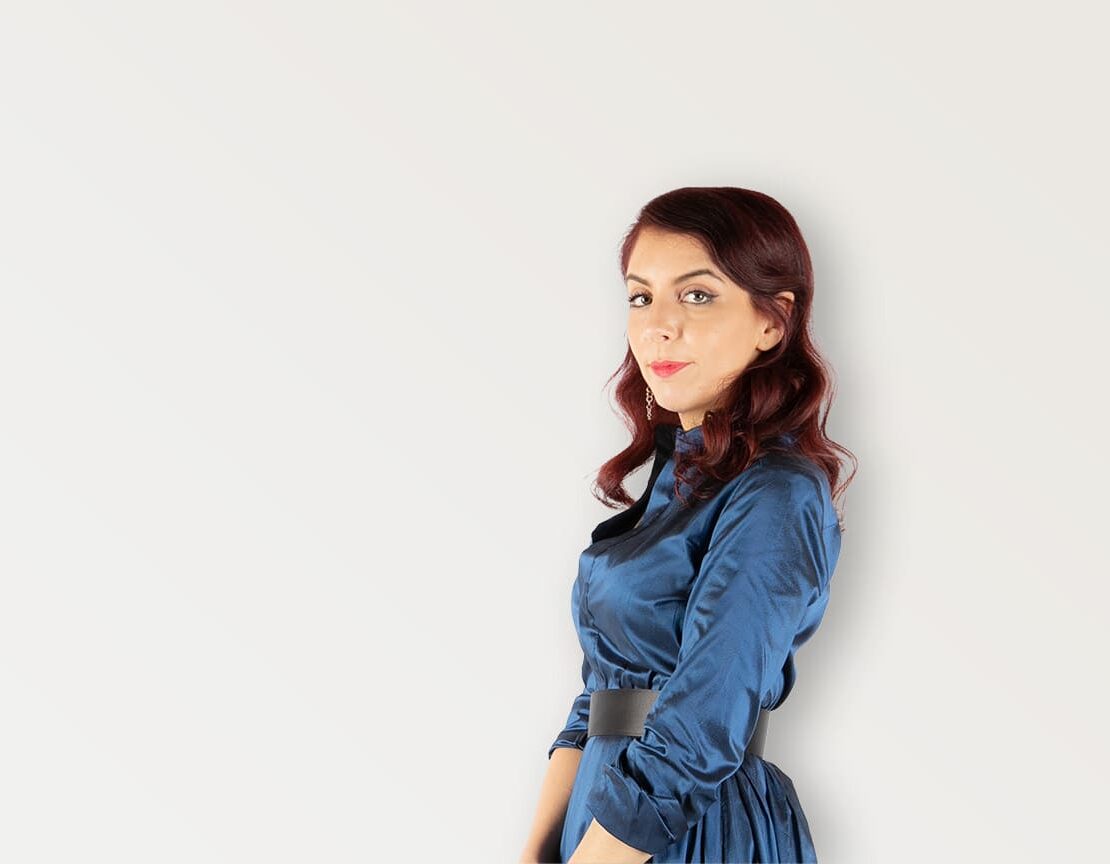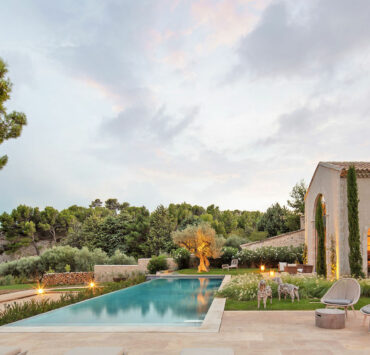For Francesca Lanzavecchia, design is, first of all, a mindset. Her passion for her work is expressed in the continuous search for new ways of expression. Each project for her is a new adventure to be shared with her partner Hunn Wai, with whom she founded the studio Lanzavecchia + Wai, in 2010, after graduating the Design Academy in Eindhoven, where they met. Today, the studio is divided between Pavia, home of Francesca Lanzavecchia, and Singapore, home of Hunn Wai. This distance allows the designers to travel often, a situation that stimulates continuous learning of new knowledge, establishing new routines, and having new experiences.
Curiosity is the basis of all of Francesca Lanzavecchia’s previous projects. In a constantly evolving reality, curiosity and desire to experiment are becoming more and more hybrid. Therefore, she creates designs with the purest metal, which becomes an ally against the spread of bacteria and viruses; scenographic showcases, like imaginary and fantastic landscapes; aids for people with mobility issues, which show a clear perception of what design can do to improve life. Whether it's an object, an interior design or an NFT in fact, to her, design is a tool to understand reality and a means to improve life.
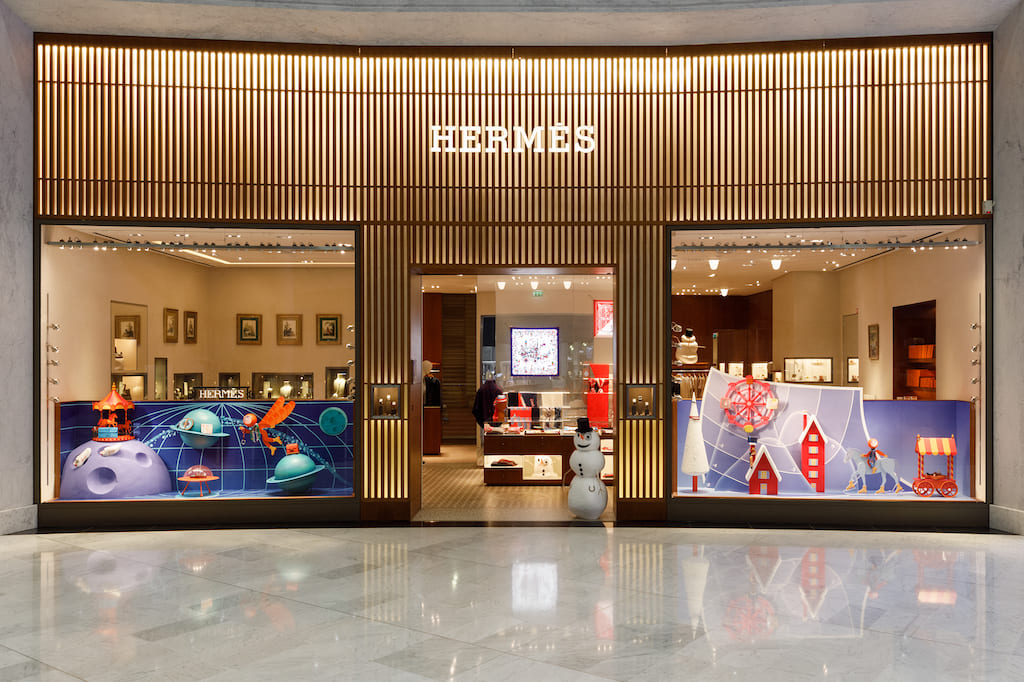
Today you are an established designer, and your work is known all around the world. Why did you choose to become a designer? How did your career start?
Since I was a child, I have always loved to express myself through drawing; I have always felt it more akin to spoken and written language. In fact, I've always had an artistic soul, which always pushed me towards creativity, to understand how objects are made, even in nature. But my parents, who are medical doctors, would have liked to see me pursue a “more serious” career. For this reason, I chose design, which seemed to be the most direct compromise between my parents' demands and my desire to create. Design is the best expression of my attitude towards a project, towards the creative effort that, thanks to lateral thinking, leads to the development of products and manufacturing processes.
My studies began at the Milan Polytechnic, which gave me a more traditional scientific education, studying how to design, research on materials, ergonomics, in brief, all the “technical parts” of the design process. But after the Polytechnic, I did a Master’s at the Design Academy Eindhoven, and I found my way there. The Design Academy Eindhoven is actually a different kind of school; the course of study is like an introspective analysis, it resembles what The Actors Studio can be for an actor. In the two years of the Master's, you are asked to explore yourself in depth, to understand and decide what kind of designer you want and can be. You also learn how to express yourself, how to tell your story, how to add lightness and poetry to your daily work.
The Design Academy in Eindhoven added all the artistic side to my training that I was missing. At that point, with the training complete, I started looking for a job in a design studio, and there I ran into many more difficulties than expected. I didn't realize, in fact, that my identity as a designer was so well-defined that other designers, even those who were already very successful, suggested that I open a studio on my own because my ideas and my design path were too deeply rooted to find employment as a studio employee. So, even though I had no idea how to run a studio from a legal and financial point of view, I put all my doubts aside, and in 2010, I founded Lanzavecchia+Wai, the studio with Hunn Wai. The studio is still in full activity, so the choice proved to be a good one in the long term.
What does it mean to be a designer today?
I think that today a designer has a slightly different role than in the past. When the design profession was born, the designer basically shaped objects, designing the best way to produce them. Today, since companies often no longer have an in-house style office, designers can also share strategic paths with companies if they want to do so. They can discuss the categories of projects, understand which markets to expand into, what new opportunities to explore, and make production processes more sustainable. Basically, they can become strategic partners, supporting the business in its new future development.
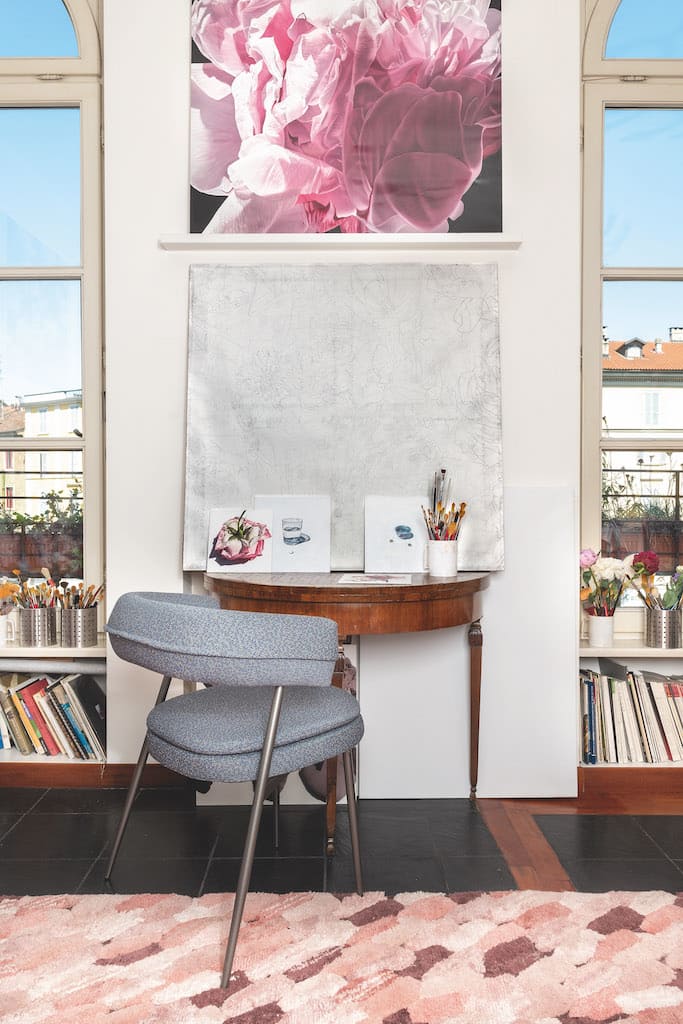
Is there a “feminine” way to design?
I don't think there's really a feminine way of being a designer. I do, however, think that it’s undoubtedly true that some feminine qualities and peculiarities can be applied to design. For example, empathy, which makes it easier to find mediation between all the stakeholders, in my opinion, is a more feminine attitude. Also, there is a difference between the way men and women look at an object and study its details. A few years ago, an exhibition at the Triennale in Milan, W. Women in Italian Design, showed how a woman looks at an object by scanning it at 360 degrees; a man, on the other hand, focuses on specific details. This is also a difference in the approach to design.
What is your favourite project?
I don’t really have a favourite project. I prefer projects that allow me to think and to grow; where I can apply design as a process, where I am interested in the project.
From what and where do you get your inspirations?
I've always had a great passion for art, ever since I was a child. I feed on contemporary art, in any place and time. My ideal getaway is in a city, visiting exhibitions and museums; when I have the chance to see art, I feel good. I don't know if it's really my source of inspiration, but it's definitely vital to me.
Can design improve life?
Absolutely. Beauty will save the world. Not only does design improve lives, but design can also make everyday things beautiful, for example, medical devices. But it's not just about making the objects we use every day more attractive, it's about designing them differently, improving their functions, improving systems. Good thinking and good design definitely make the world a better place, and that's why I keep on designing because I think my work can improve people's daily lives.
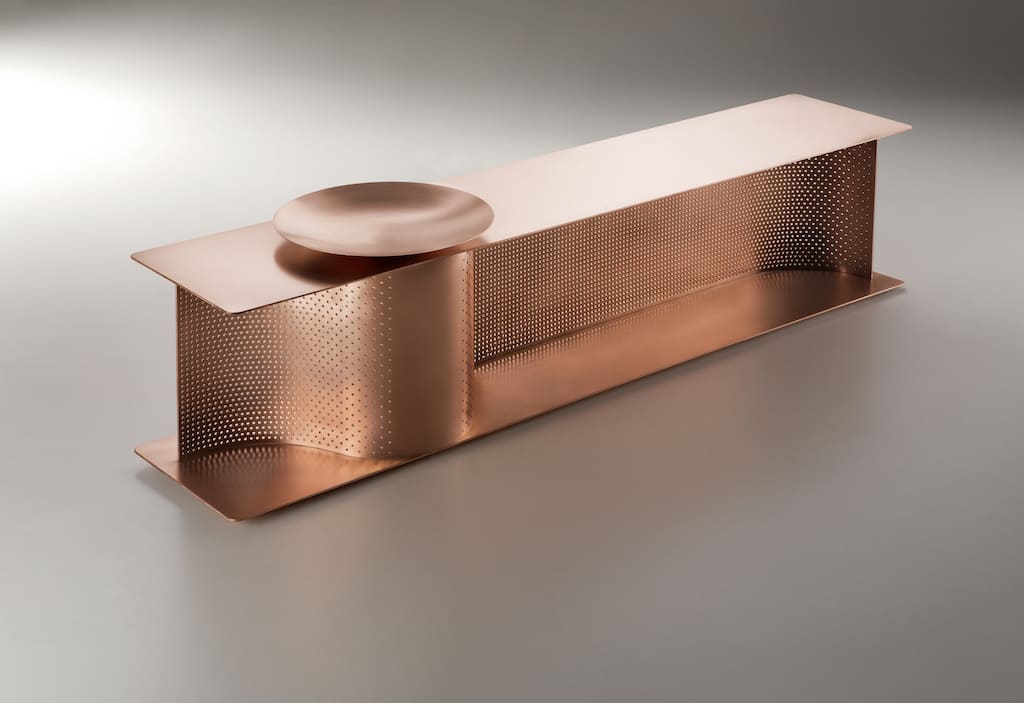
What is your favourite material? What will be the material of the future? Do you think it will be natural or man-made?
My favourite material, in general, is textiles. I see fabric as the material where it is most possible to bring authentic innovation. Also, it is a fluid material, so it fits very well with what our lives are today, which is fluid. Textile features make it adaptable to today's spaces, more and more compact and multifunctional; it folds, it’s elastic, configurable, expandable, inflatable, and carries a skin that bears the signs of everything that happens. And it is the ideal by-product of plastic recycling, therefore a very modern material. In fact, I think that today, at the point that we are, it's essential to invest in technology and recycling. Plastic, for example, is best to be recycled into fabric, because it has no load-bearing technical properties, nor resistance.
However, I'm working on a project involving glass, and I think glass is a fantastic material because it's transparent, natural, recyclable, and a really green material, there’s no green-washing involved. In brief, we could say that my favourite material is always the one I'm working with at the moment.
Can design bring us closer to nature?
Design can definitely bring us closer to nature. In fact, another great source of inspiration for me, besides contemporary art, is nature. Not in terms of immersion while walking through it, but rather in studying how it works. We should learn from nature; when people talk about resilience, they forget that trees are among the most resilient living things on the planet. So yes, design can bring us closer to nature. On the other hand, nature can bring us closer to design, if we learn to look at it carefully, making an effort to understand how it works, in order to imitate it.
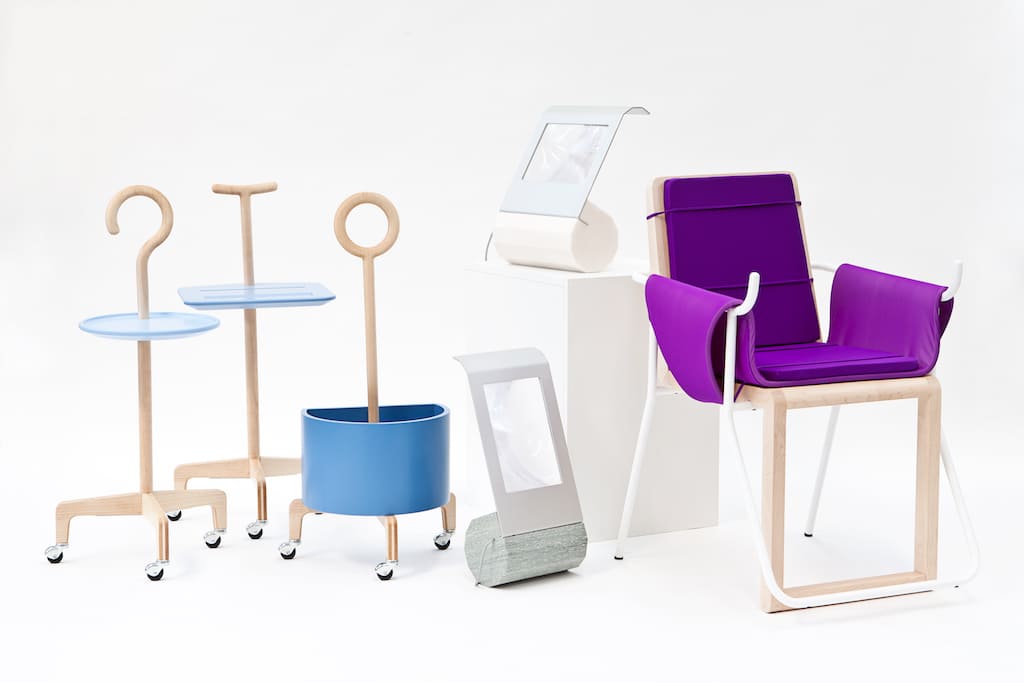
Among your works, there are very diverse projects. They range from objects for people with mobility issues, to shop windows for Hermès, to objects for Luisa Via Roma; then furniture for Zanotta and Fiam Italia, and installations for Samsonite. What are the main challenges facing such different clients?
Each project is a challenge, and each client has peculiarities, some positive, others less appealing. The main problem with “design for all” projects, in the end, is that it is difficult to find clients who are really interested in production. The “No Country for Old Men” collection, for example, dedicated to people with mobility impairments, has been published countless times, received requests from museums, but in the end, no one has put it into production.
Design for all, so design for people with disabilities, is still a very controversial topic, brands are not ready yet. However, design is a key vehicle to address universal problems, such as age dementia, with a critical project. And it is now more than ever necessary to recognize that some situations will become very common with time and an ageing population. In the end, for now, we work on these research projects with foundations and other organizations, more likely to talk about them.
Other projects, on the other hand, respond to customer requests. De Castelli, for example, is an exciting manufacturer doing amazing work with metals and finishes. They left me free to play with their incredible metalwork and finishings, so the most recent project I did with them is a bench for the hallways, entirely made of untreated copper to maintain its antibacterial properties, which allows you to leave all the contaminating agents outside the door. Actually, it's very up-to-date.
For Hermès, we've been designing window displays for the boutiques in Singapore and for the Paris airport for a few years now. This is another job that allows us to dream and design, free from industrial production constraints. We use the products to build choreography, we make the products move in the air, to tell stories that bring the products to life, like a dance in space.
Your partner is from Singapore. Are there differences between designing in the West and designing in Asia? And, how much power does design have to unite different cultures?
There is definitely a lot of difference between designing in the West and designing in the East. A difference at all levels is the involvement of the very concept of aesthetics, or the ability to recognize at a glance the “state of the art workmanship.” Or our respect for history and the past. A high-speed society which buys fake products without thinking too much about it, does not always know how to immediately grasp details that we take for granted. This doesn't mean that South-East Asia doesn't have its spearheads, especially when it comes to searching for the new. Design, precisely because of its function as a transformation vehicle, helps to bring diversity closer, blending the best qualities of different cultures.
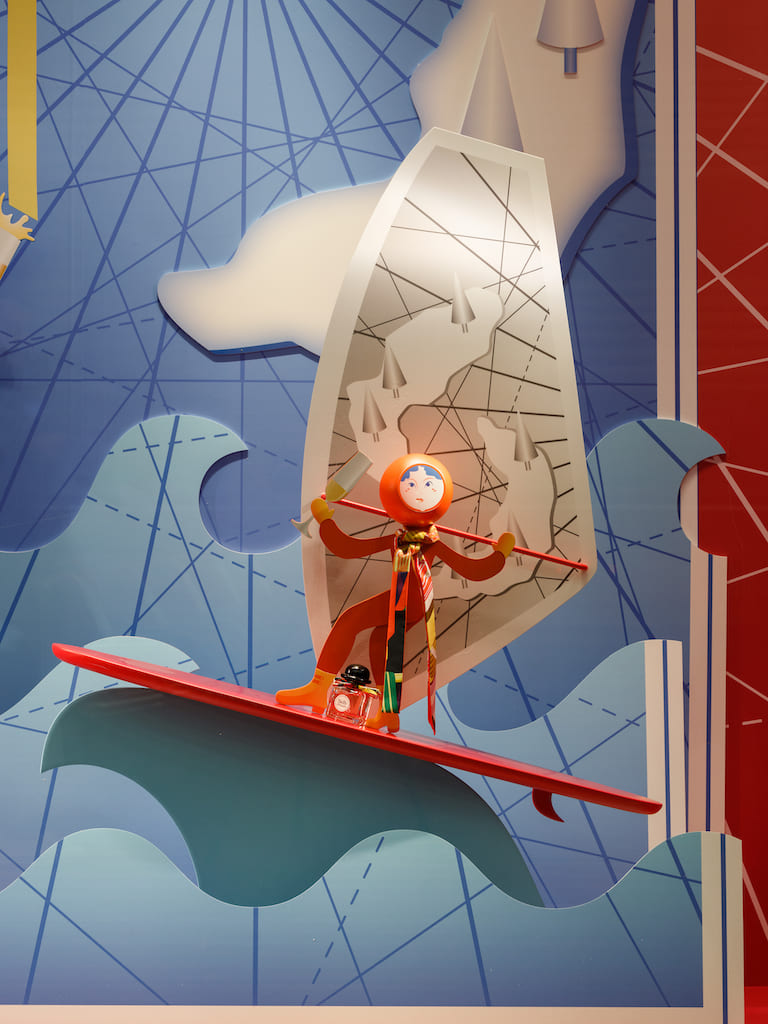
Do you think it's proper and valuable to teach design to children?
Yes, absolutely. Not only do I think it's useful, I think it's really essential to teach children the problem-solving attitude that is typical for design in order to learn to deal with everyday problems. Learning lateral thinking from an early age can only do good. By the way, I discovered that in Korea and Japan, school books feature the walking sticks from our “No Country for Old Men” collection as case studies. This makes me proud and confirms that design is an essential discipline for children's education.
We've spent a lot of time at home over the past two years. Do you think the pandemic has affected the return of interest in interior design?
Yes, definitely, we're spending less on clothing and accessories, and we've spent a little more on home and decor. I'm not so sure that everyone did any real interior design project to renovate their furniture. However, it's still good that there's a return to home and furniture shopping. It's also possible that the home is becoming a more central aspect of life again.
Which three things would you bring to a desert island?
Paper and pen, a mat for yoga and meditation, comfortable shoes to walk. I would take the opportunity to leave the computer behind and reconnect with my body.
What are your guiding principles?
I try to design only if there is a brief, a client, a context. I don't design just to do it; I prefer to have a client or work on a research project. Then, I try to do projects from which I can learn, projects where I can study a new process; every new project must be a seed, which with time germinates.
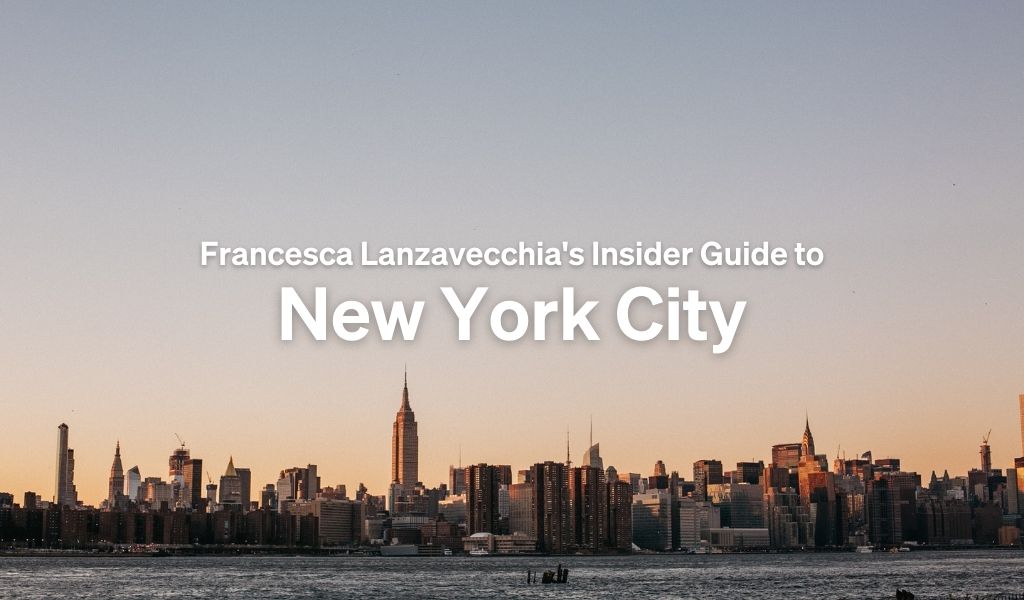
What is your favourite city? And what are the top 5 must-see places in this city?
For me, it’s definitely New York. The 5 places not to miss are the Noguchi Museum, the Sleep No More theatre, Donald Judd's house-museum in SoHo, the High Line for walking, and the Meatpacking District.
If you enjoyed the interview and can't get enough of our design insights, check out the interview with interior designer Matteo Perduca and furniture designers Johananlies!
Last Updated on March 17, 2024 by Editorial Team
As editor-in-chief, Raffaele infuses the magazine with a cosmopolitan flair, drawing from his experiences in London, Berlin, New York, and Barcelona. His 20-year tenure with luxury brands, coupled with a love for travel and food, enriches the magazine's content.






